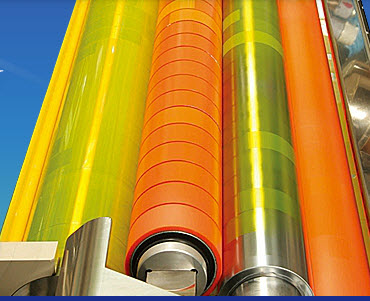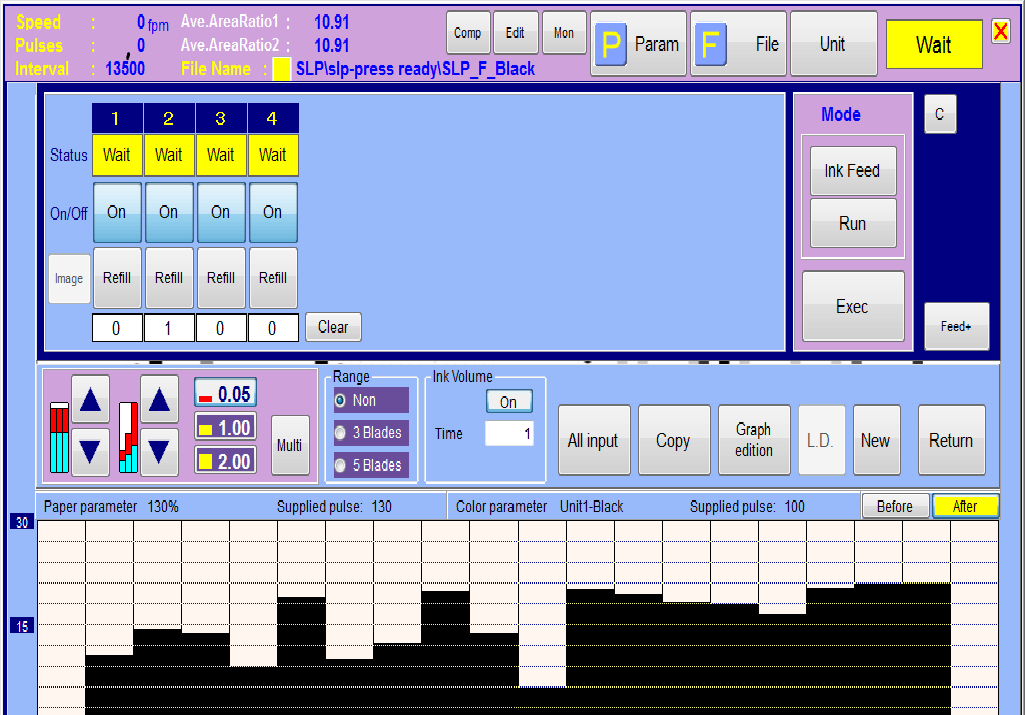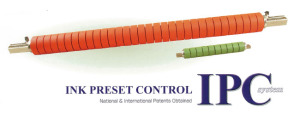The Best
Remote Ink Control System
I.Mer's IPC

When we were researching Ink Control Systems capable of delivering the exact pre-calculated volume of ink to the plate, we found only one...
The I.Mer Ink Preset Control
Unlike other Remote Ink Control Systems, I.Mers Divided Ductor Roller was developed for the VERY demanding two piece can industry. Not only did it survive this harsh environment it thrived being retrofited to over 85 can decorators.

The main benefit of a divided ductor over conventional Ink Key Control Systems is the ability to transfer the exact amount of ink required in any zone without compromising other areas of the plate.
With a Divided Ductor it is possible to print solids & spot color side by side. No more spiral ductors for light coverage, or wrenches for heavy.
Ink key system variables such as, operator sweep control, key wear, key calibration, sticking keys & variable hydraulic lift are all eliminated.
How It Works
As the sweep is a fixed percentage of press speed any hydraulic lift of the fountain roller, or film thickness variation is repeatable & can easily be accommodated using offset parameters.
Now that a consistent ink film thickness has been established extremely precise ink feed can accomplished by simply varying the dwell time of the divided ductor roller segments against the fountain roller.
Seeing Is Believing
What you Are Watching
- To the left you can see the ink fountain has a small sausage of ink maintained by the ACC system.
- The fountain is lined with a thin film and enclosed with magnetic end cheeks. (See Auto Fountain Cleaner)
- The fountain roller is carrying a uniform ink film thickness across the entire width.
- The un-energised Divided Ductor segments maintain contact with the ink train
- When energised the segments contact the fountain roller.
- The time individual ductor segments contact the fountain roller is dependent on the image profile predetermined by the Area Reader
- Contact will be longer for areas of heavy coverage.
- In areas of no coverage the segments do not move.
- While in very light coverage the segments energise intermittently.


